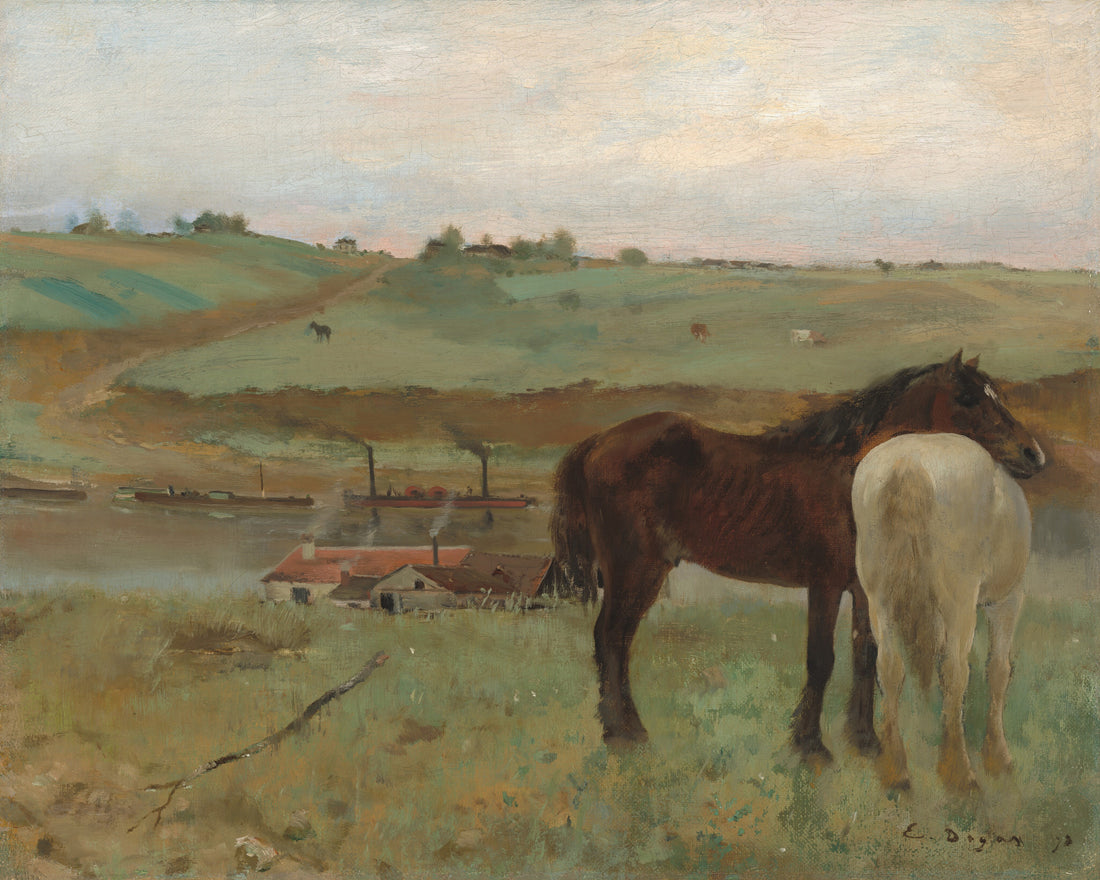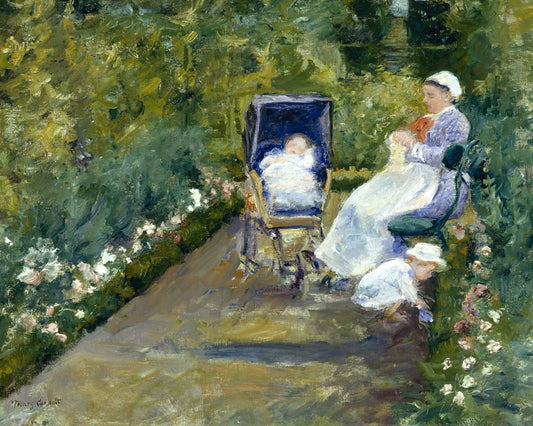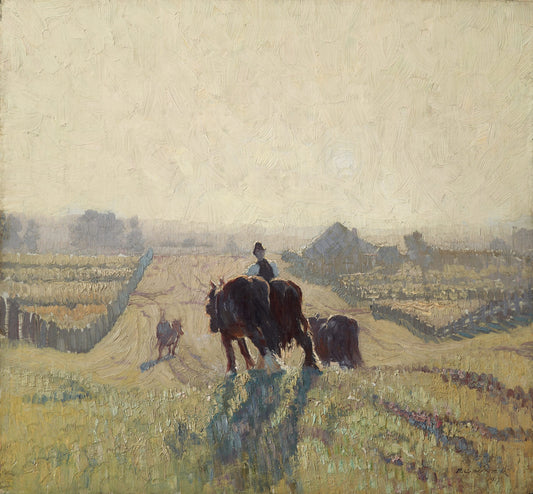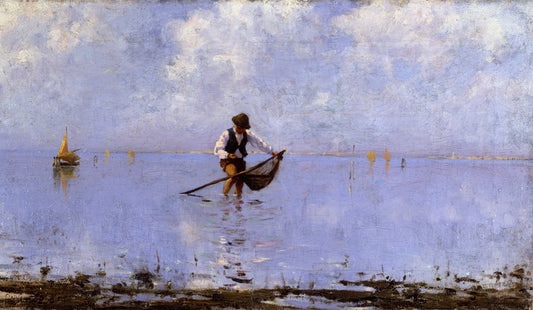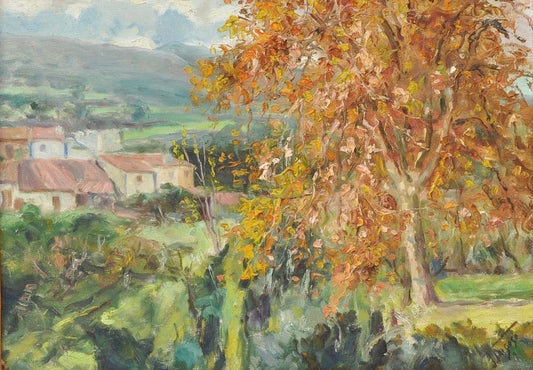As infants, we’re born into this world entirely dependent on them. Throughout childhood and adolescence we turn to relationships to sort out who we are, what we value, and who we want to become.
And as humbling as it may be, this need for relationship doesn’t go away at any age—it simply transforms. Relationships, whether they’re with others, ourselves, nature, or our Higher Power provide us meaning, purpose, and connection. Just as an infant needs to be nurtured in order to survive, we need relationships to thrive and live a full life.
But, unlike infants, we must also feed our relationships in return. We are an interdependent people and every action we undertake affects our relationships and the lives of those around us. There is no such thing as an entirely private action.
Hospice nurses cite that the biggest regret of the dying has nothing to do with achievements or financial investments—but has everything to do with relationships. Seemingly enlightened in the face of death, they gain a perspective that comes only when one is able to see the whole of their life. From this vantage point they realize that it’s only through relationships that we connect with the world, and it’s only through relationships that we grow into the people we are.
So, what stops us from embracing relationships more fully? For one, relationships are hard. Sometimes they don’t even come naturally. They can be frustrating, tumultuous, and even wreak havoc. They can even become dangerous, bringing pain and sorrow. And while a few last a lifetime, most only last seasons. But the biggest hindrance of all is that they require both vulnerability and investment—which takes courage and trust.
We all have our own communities—they’re our families, coworkers, friends, and spouses. Yet they only flourish when we have the courage to let our roots grow and really connect; and they can only bloom when we continually take care of them, feeding them with the kindness they deserve.
WAYS TO INCORPORATE THIS PRACTICE
THEMES
Trust • Courage • Commitment/Stability
HABITS
When with friends and loved ones keep your phone on silent. Meals are a great place to start. Try to be fully present.
Each day write down one person that has taught you something as well as what they’ve taught you.
Find an accountability partner and begin meeting with them once a week. Find a proven accountability process online or make up your own.
“This need for relationship doesn’t go away at any age — it simply transforms.”
@monkmanual | #monkmanual
